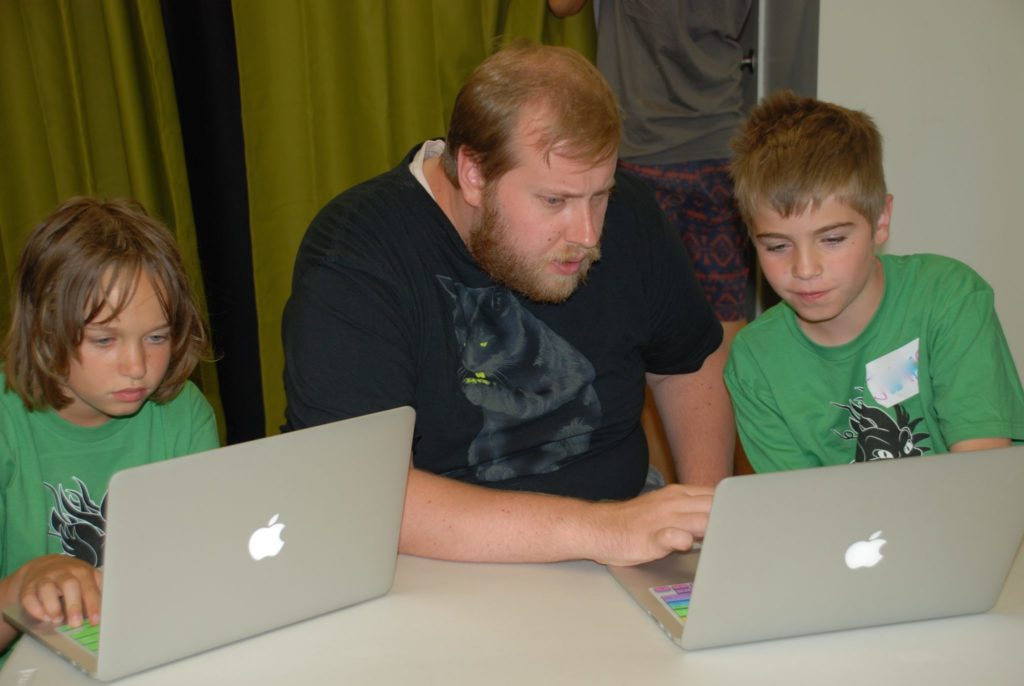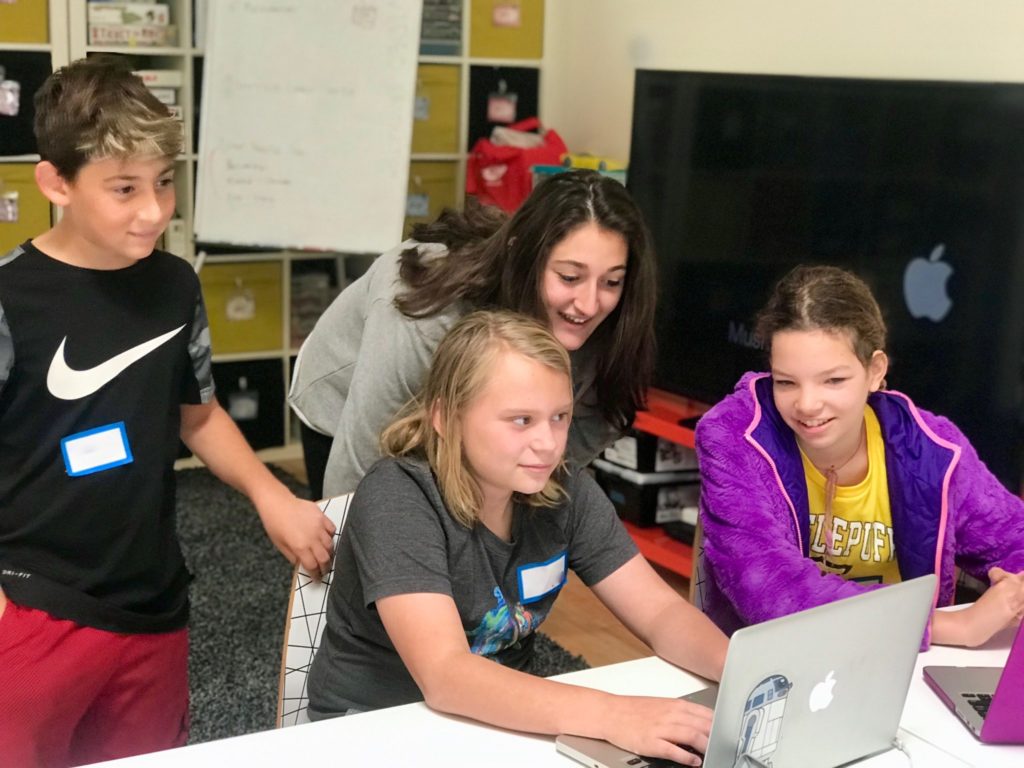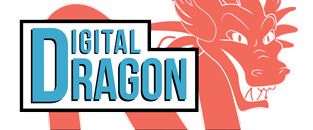
Frazzled from the hustle and bustle of Black Friday, Shop Small (Business) Saturday, and Cyber Monday spending, this month we will take time to explore a different component of the tech industry and what it looks like to break into it. Recently, I was fortunate enough to speak at an international event down in Orlando, FL which focused on the relationships between the themed entertainment industry and academia. It was very invigorating to hear other institutions of higher-ed embrace project based learning in their curricula. Naturally, I am also thrilled to be writing these posts for a learning environment with a younger audience that embraces this mindset. This was further reflected by the members from industry – as they need creative problem solvers equipped soft skills. For a more in depth look into how we might better prepare our students, I strongly suggest reading the work coming out of the KnowledgeWorks Foundation and specifically their, “The Future of Learning: Redefining Readiness from the Inside Out,” publication. On a tech side note, the event / symposium also lifted the curtain of what’s next – and it’s very exciting.

Mentioned in previous posts as an emerging trend, the big players like Disney and Universal are all exploring connected play in the forms of augmented reality, virtual reality, and mixed reality to create more immersive experiences. The thrilling aspect about this all, is that they aren’t relying on the tech that we are familiar with. Instead, they have internal R&D (Research & Development) teams churning out proprietary hardware and software that is drastically more developed than what we’re familiar with. It’s also important to remember that these technologies are not simply for “eye candy,” but also push engineering to new limits. What is inspiring about this, is the fact that to continue to innovate, we’ll continued to need diverse thinkers – and that there are plenty of inlets into this staggeringly massive field of work.

Winding back the years, I can share what nudged me towards pursuing an advanced degree and why I chose the one I did. From observing the needs of my students over the years while I was in the classroom and to better serve future learners, I knew I would have to find a truly unique department. It would have to break the cookie cutter mold and be truly inclusive of all types of thinkers and learners. The graduate program I chose had a rich history of teamwork and collaboration which provided a safe environment to fail fast and fail forward. It should come as no surprise that the design of the degree has been heavily influenced by industry leaders since its inception nearly two decades ago. To prepare our learners for the future of work, which will more than likely always involve technology, we must provide as much opportunity for cross-discipline development as possible. This will only further curate the extensive set of interests and curiosities our learners already bring.

TLDR; The careers are out there and industry always seeks creative problem solvers to drive innovation. It’s never too early to nurture soft skills alongside the more technical ones and expose how they often overlap. While it took me well beyond my undergraduate years to find, there are plenty of opportunities to craft an exhilarating education!
John Balash was instrumental in Digital Dragon’s launch in 2013 as its first Curriculum Director and is now back in the fold as a consultant on all the latest and greatest in tech education. This is John’s latest contribution to a monthly blog series we’ve launched, Tech News from the Frontier. John is the Director of Educational Engagement at Carnegie Mellon University’s Entertainment Technology Center. John has worked on educationally focused initiatives with clients ranging from D.A.R.P.A. to Disney. Working from both sides of the desk, you can find John in classrooms and conferences around the world exploring new uses for technologies in learning environments.
